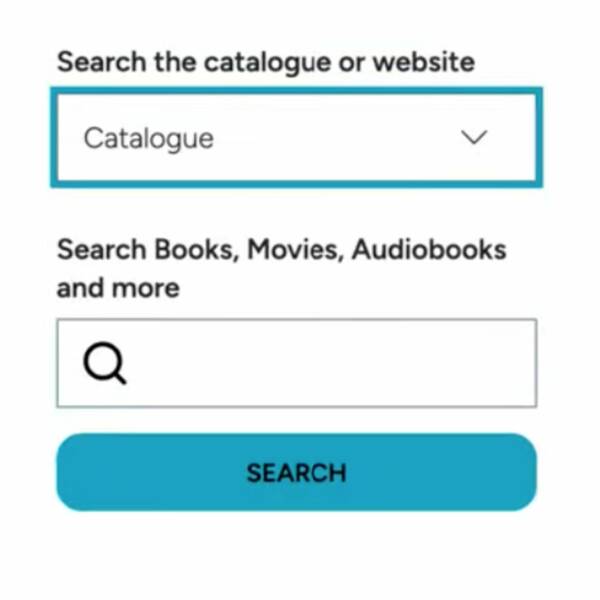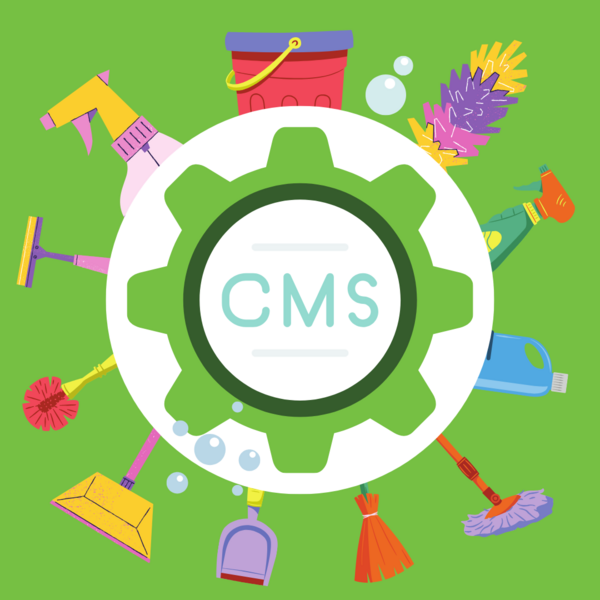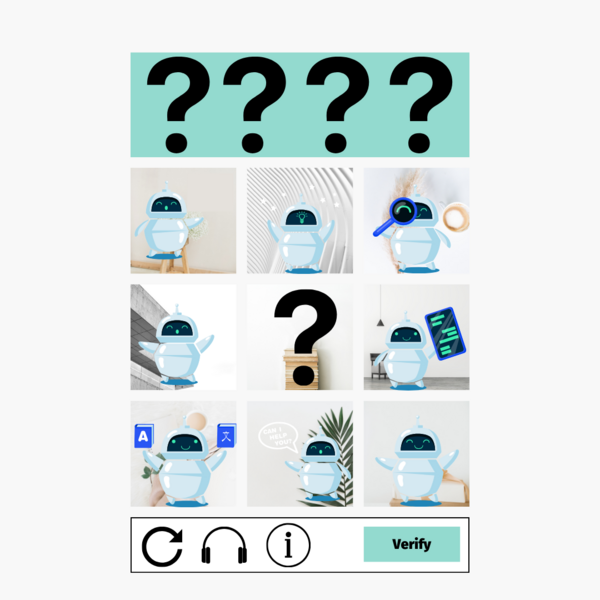Mugo partner since 2001
Encyclopedia of BC is the source of readable and authoritative information on the significant BC people, places, and things. Originally a bestselling book, the encyclopedia is now available exclusively online, with over 4,000 entries and enhanced by images, maps, charts, tables, and sound and video clips.
KnowBC.com is the home of the Encyclopedia of BC -- the source of readable and authoritative information on the significant BC people, places, and things. Originally a bestselling book, the encyclopedia is now available exclusively online, with over 4,000 entries and enhanced by images, maps, charts, tables, and sound and video clips. KnowBC.com is also the home of 5 other west coast online books.
Mugo Web created a framework based on eZ Publish so that editors could manage all of the books on a single eZ Publish instance. Migration work for the Encyclopedia of BC involved creating a logical structure into which previously hand-coded and updated articles could be automatically imported.
Among the key features of the new KnowBC.com are dynamic, content-rich layouts with eZ Flow, intuitive and powerful searching with eZ Find, and a whole raft of single sign-on scripts to handle seamless logins from schools and universities.

Recently, one of our clients came to us looking to archive an older website that was no longer being updated. The site still needed to be accessible to the public for reference purposes. Taking it offline was not an option due to its historical value.
Running the site on a traditional hosting environment meant paying for a full web server, application runtime, monitoring, and associated maintenance — all of which were unnecessary for a site that no longer required server-side processing.
If you have a legacy site that doesn’t require dynamic content, migrating it to AWS S3 and CloudFront can be a highly cost-effective solution, all while ensuring it remains accessible, secure, and efficient.
Automating website management tasks like SSL certificate renewal is a great way to save time and mitigate human error, particularly if you manage multiple websites. Learn how to automate SSL certificate renewal using Let’s Encrypt and Oracle Cloud Infrastructure DNS API.
Building a website often comes down to choosing between “best–of-breed” services and cost-effective solutions that meet your business needs while being relatively easy to manage. Here we explore AWS services for automated text messaging and email, and compare them with other 3rd party options in the context of work done for GoLibrary.
Newly revised rules from the ADA regarding digital accessibility mean libraries in the United States have until April 26th, 2026, to ensure they are conforming to WCAG 2.1 AA standards. What does this entail, and how can a library system start making content more accessible?

Tabbing through a web page can be a frustrating experience. The user tabs to access a menu, but with the keyboard's next tap, they’ve moved on to another page element and have to retrace their steps to access the desired content.
For users who rely on keyboard navigation, this can be a major accessibility roadblock. And for other site visitors, it’s just poor UX.
Fortunately, you can implement a fairly straightforward function in JavaScript called a “focus trap” to ensure users don’t leave the page area they’re in without intending to do so.

Mugo partner since 2024
An initiative led by the Northern Lights Library System to promote library services to Indigenous communities

WordPress can be a great option for easy website development, but because of the rapid evolution of the CMS, it can lead to inefficient code and slow loading pages. We'll show you how to clean up unused CSS and JS from pages to improve site-wide performance.

CAPTCHA is an essential need on online forms, but to be blunt, the UX sucks. Without the implementation tips (helpfully detailed below), Google’s otherwise reliable reCAPTCHA service implemented “as-is” doesn’t actually provide any browser validation. The user will have to wait for it to make a time-consuming round trip to the server. It’s a problem for anyone and becomes compounded for users with accessibility needs.